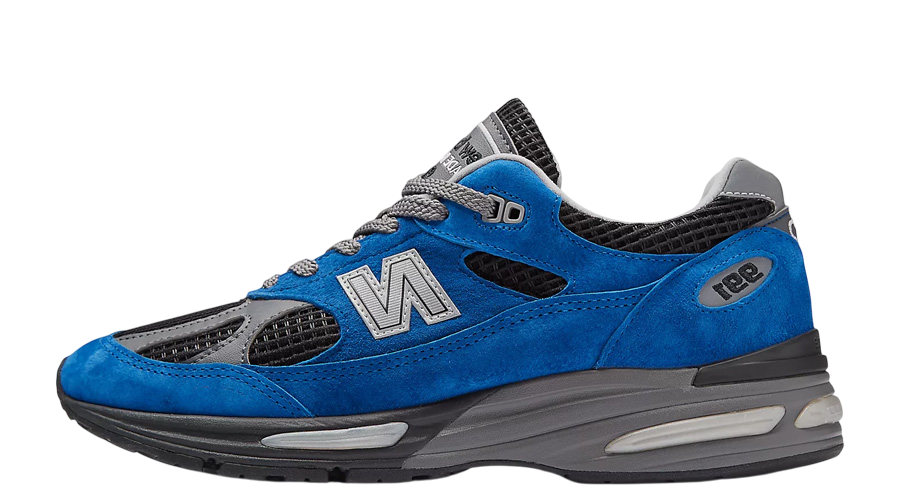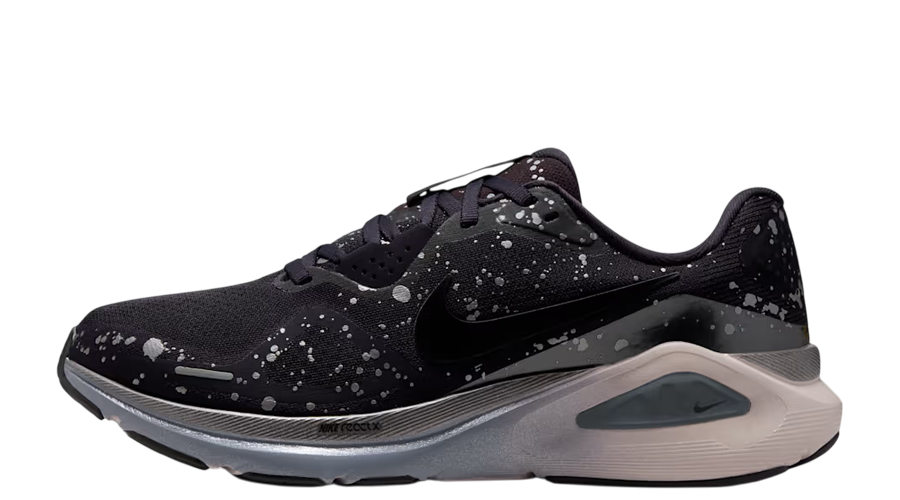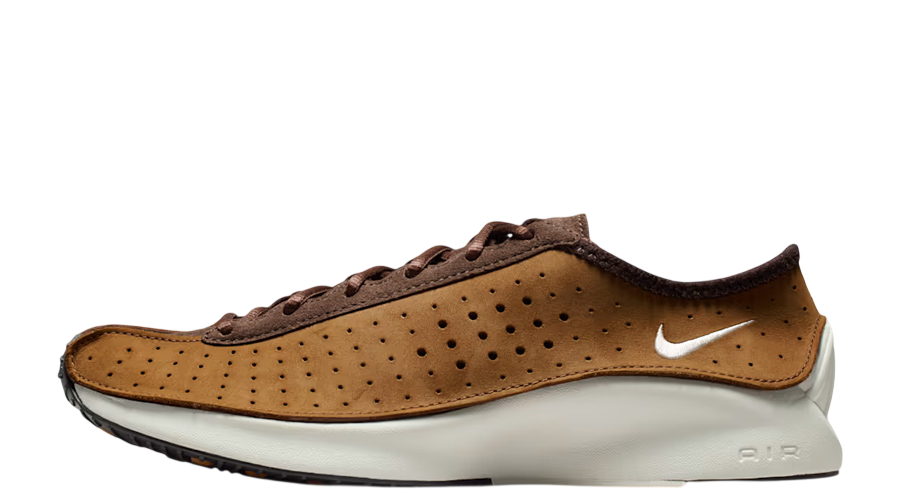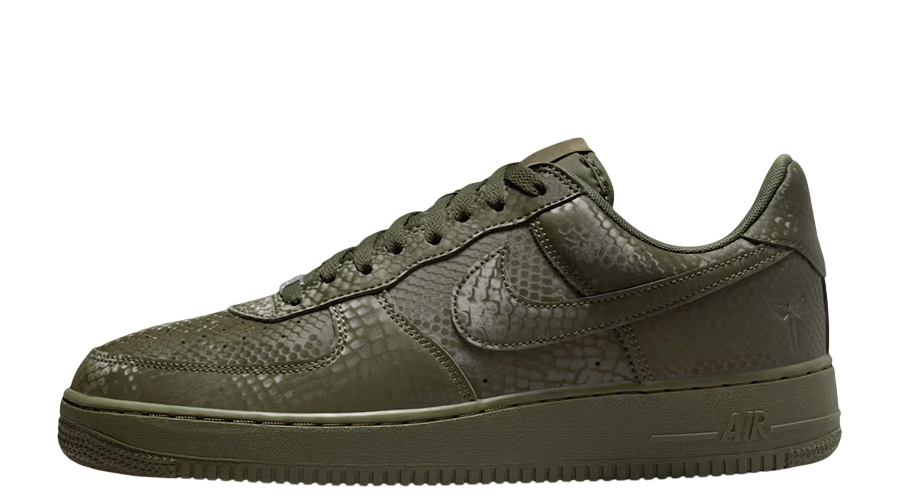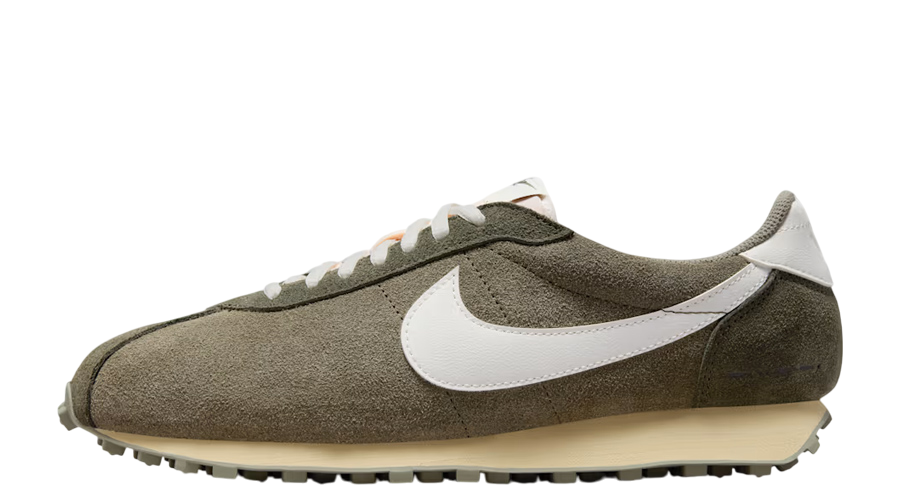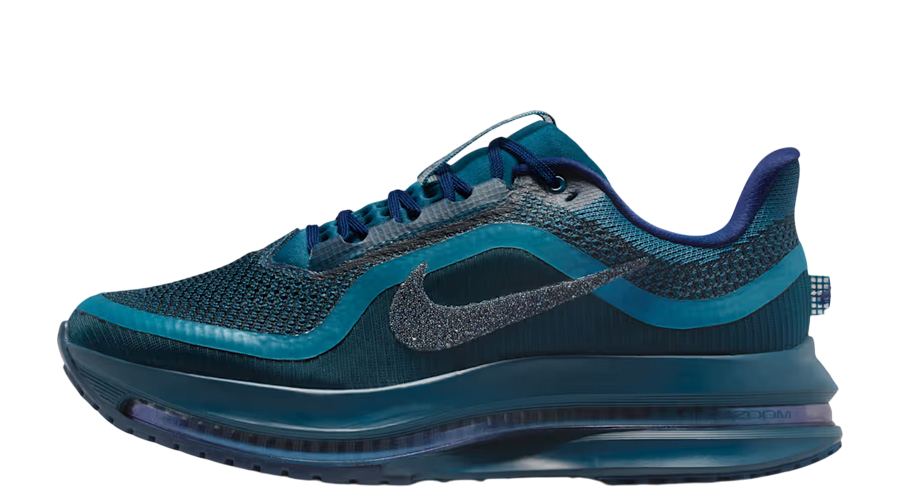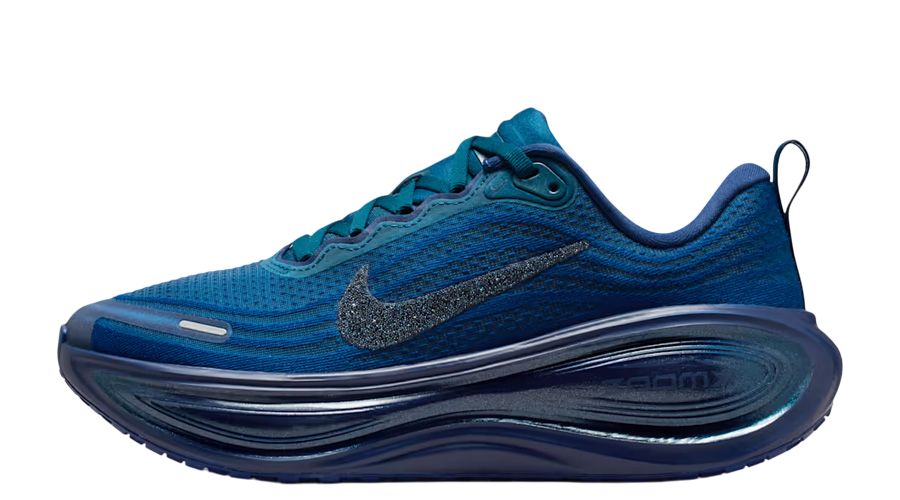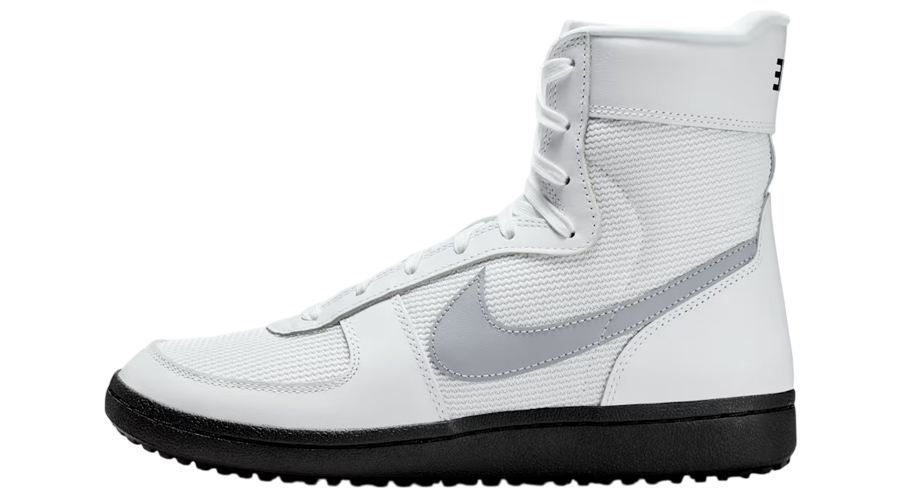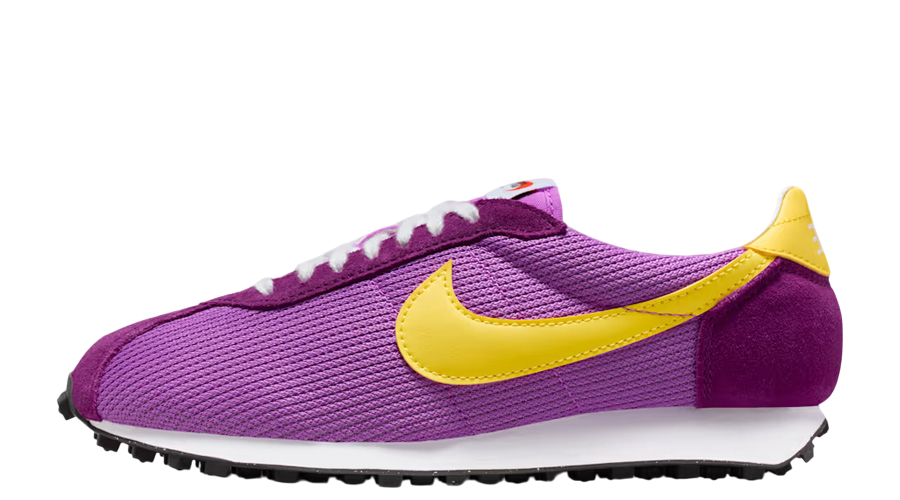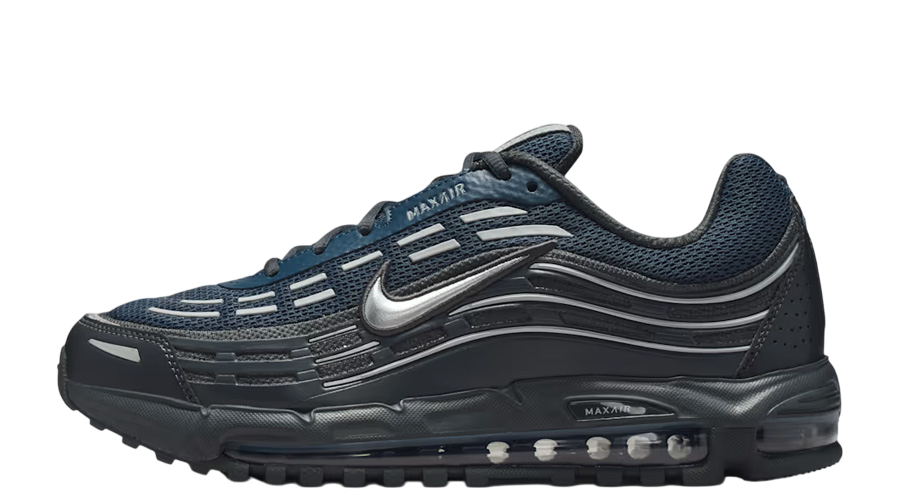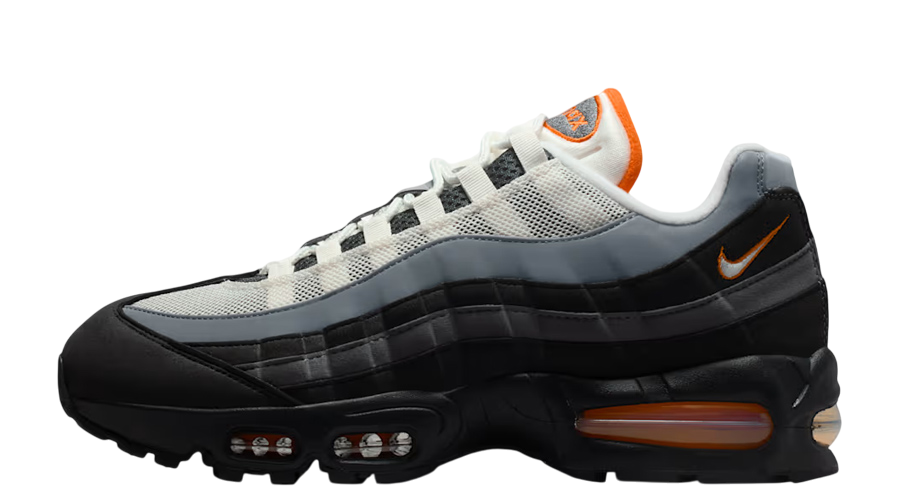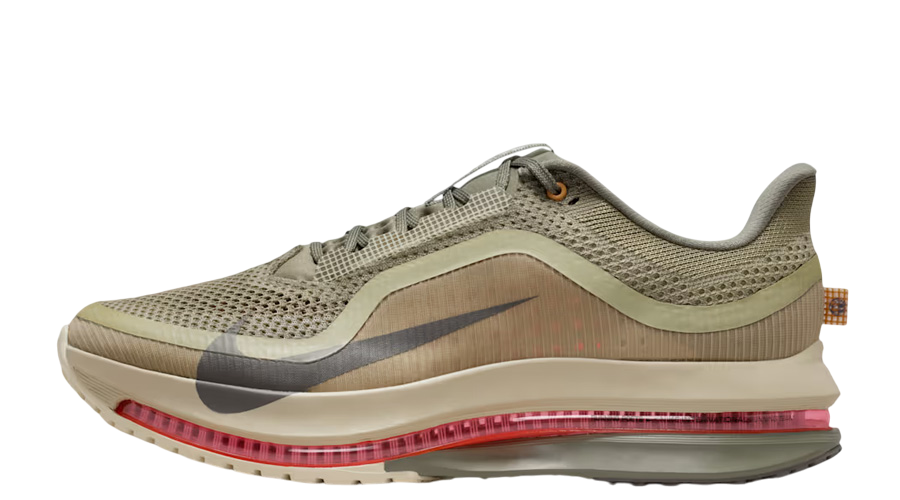Why Do My Air Force 1 Squeak? How to stop AF1 From Squeaking
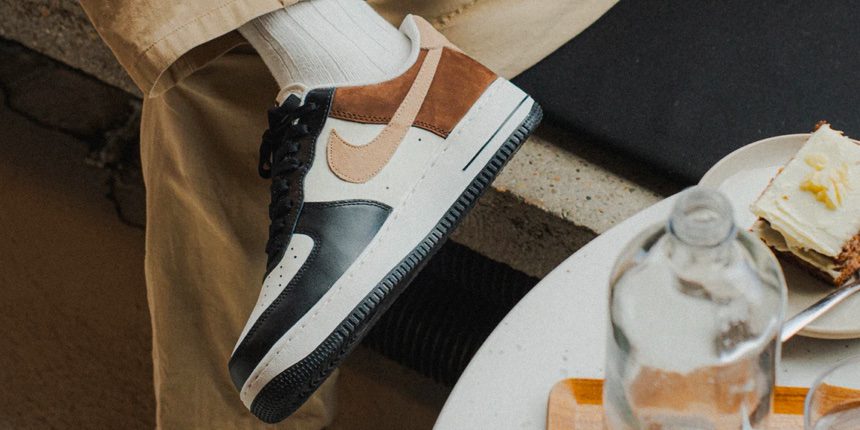
You’ve just stepped out in your brand new Nike Air Force 1s, feeling the cushion beneath your feet and admiring the pristine leather. Suddenly, you hear it – an annoying squeak with each step you take. What should be a moment of pride turns into a moment of concern. With that said, you’re far from alone. This squeaking issue has troubled countless of sneakerheads throughout history.
Whether it’s your first pair or your hundredth, understanding the cause of this squeak is crucial to enjoying the comfort and style that the Air Force 1 offers. In this comprehensive guide, we’ll dive into why the Air Force 1 might squeak and offer solutions to tackle this minor yet irksome issue.
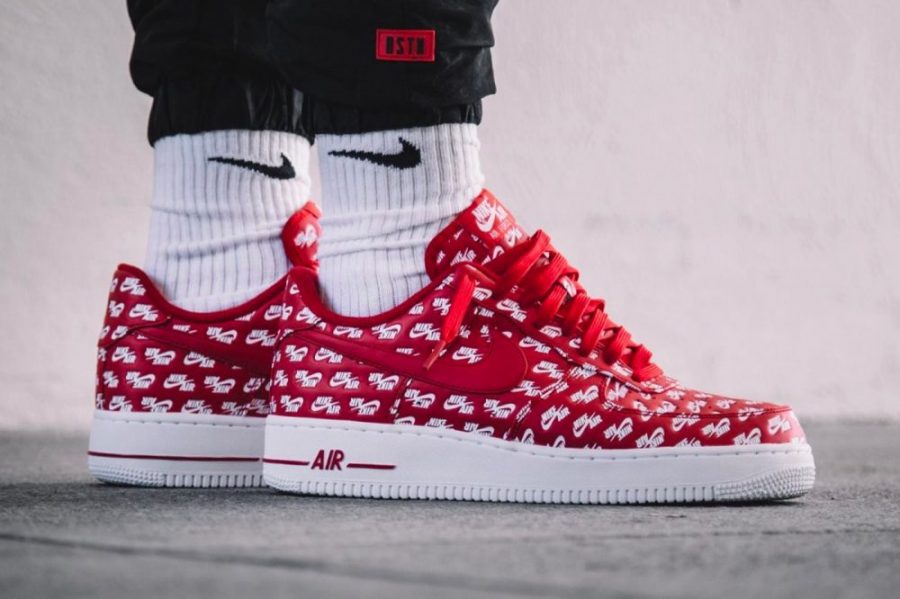
Why Are My Air Force 1s Squeaking?
The first thought many have is simple: it’s a defect. In reality, the cause is often more mundane. Trainers, even as stellar as the Air Force 1, can squeak due to a number of reasons. First and foremost, new trainers often come with a sheen of finishing agents from the factory, which can cause a slippery, and consequently squeaky, situation.
Secondly, trapped moisture is another culprit. Whether from sweat or exterior elements, water getting caught between the insoles and the shoes themselves can lead to a squelching sound. The shoes might appear dry outside, but moisture is sly and can linger in nooks we can’t see.
Finally, the design and materials themselves can sometimes be the cause. Materials rubbing against each other, especially in new trainers, can produce that familiar squeak. Over time, as the shoes are worn in, these noises typically subside. Yet, it’s this initial phase, laden with unpredictability, that throws many off guard.
How Do You Prevent the Air Force 1 From Squeaking?
Addressing the squeak can feel a bit like chasing a ghost. The noise, elusive and often unpredictable, can be hard to pin down. Fortunately, there are numerous ways to tackle it.
First, consider baby powder. A sprinkle of this between the sole and the insole can work wonders. It acts as a buffer, reducing the friction that might be causing the noise. Moreover, it’s a great solution for moisture-induced squeaks, soaking up any lingering dampness.
Next, the humble paper towel comes into play. For those who’ve braved a drizzle or two in their Air Force 1s, it’s essential to ensure they’re thoroughly dry. Stuffing them with paper towels can expediently absorb moisture. Just ensure they’re packed well, replacing them as needed until the trainers are thoroughly dry.
Thirdly, saddle soap is an excellent remedy. While typically used for leather conditioning, it serves a dual purpose in reducing noise. Simply apply it to the outer parts of the shoe, allowing the material to soften and any grating noises to decrease.
Leather conditioner, too, can be instrumental. As with the saddle soap, it softens the shoe, preventing any squeak-causing friction. However, be judicious in its application. Too much can lead to a slick surface.
Finally, consider an insole switch. If all else fails, sometimes swapping out the insoles can alleviate the problem. It provides a fresh start, eliminating any wear patterns or trapped debris causing the squeak.
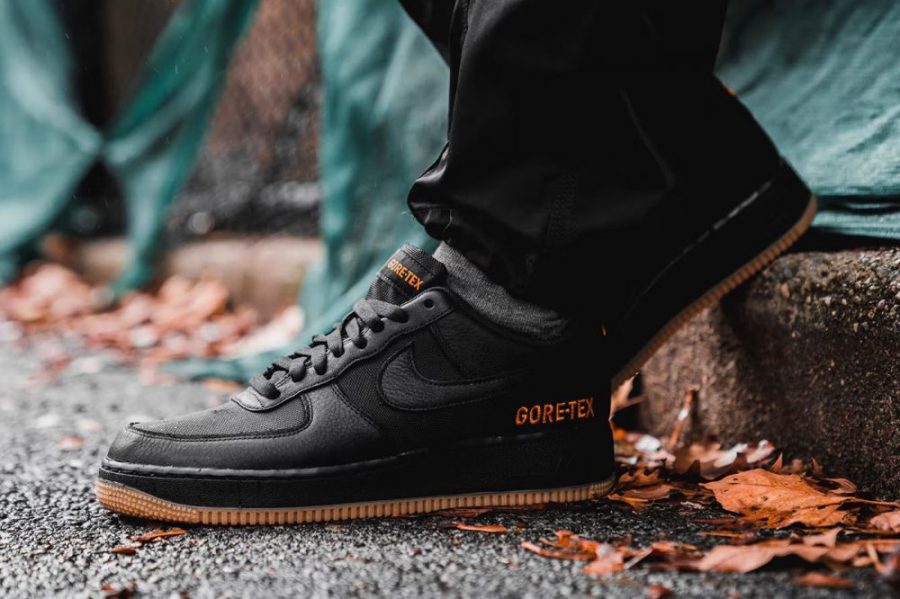
Will Sole Shields Prevent My Air Force 1s From Squeaking?
Sole Shields, those transparent protectors designed to prolong the life of your sneakers, are a curious case. On one hand, they protect the outsole and keep it looking fresh. On the other hand, their effect on squeaking is a bit of a mixed bag.
Applying Sole Shields could either help or exacerbate the squeak issue. Sometimes, the additional layer they provide can act as a buffer, reducing friction and, consequently, the squeak. However, if not properly applied, they could introduce new friction points, making the problem worse. It’s a bit of a gamble.
If you choose to go the Sole Shield route, make sure they’re applied flawlessly, adhering seamlessly to the shoe. Any gaps or bubbles could be a recipe for more noise, not less.
Does the Air Force 1 Have Good Traction?
A good pair of Air Force 1s offer fantastic traction. This is one of the reasons they’ve been so popular since their initial release in 1982. The unique pattern on the outsole grips the ground well, making them suitable for a variety of terrains and weather conditions.
However, if you’re experiencing squeaking, you might start questioning their traction. The fact is, the squeak has nothing to do with the quality of traction. They are unrelated issues. You could have shoes that provide a stellar grip while squeaking like a mouse at the same time.
So yes, in general, Air Force 1s do provide excellent traction. Don’t let the squeak throw you off; it’s just a minor irritation rather than a fundamental design flaw.
The Bottom Line
The Nike Air Force 1 have stood the test of time for a reason: they combine style, comfort, and functionality. However, even the most robust designs aren’t immune to minor issues like squeaking. Now that you’re armed with the causes and the solutions, you can strut in your Air Force 1s with the confidence they were designed to instill.
So go ahead, apply these solutions and make those Air Force 1s as silent as a spy on a stealth mission. Your feet, and your dignity, will thank you.
Frequently Asked Questions
Can I machine wash my Air Force 1s to remove the squeak?
No, machine washing is not recommended as it could damage the material and potentially worsen the squeaking issue.
Will the squeak go away naturally over time?
Not necessarily. Sometimes it might, but applying one of the solutions above is better.
Can I use lubricants like WD-40 to stop the squeak?
It’s not recommended due to the potential for damaging the shoe’s material.
Is the squeak a sign of a counterfeit Air Force 1?
No, even authentic pairs can squeak. Always buy from trusted retailers to ensure authenticity.
Does the squeak mean my Air Force 1s are too big or too small?
Size generally does not affect squeaking. It’s more about material, construction, and wear and tear.
